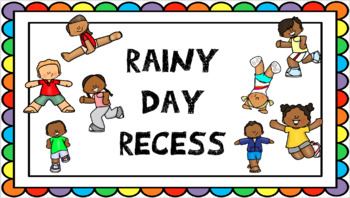Today in the face of off-and-on rain, I gave the Rockets, our middle school class, a choice of indoor recess or chancing an outdoor recess where rain might fall. They chose indoor recess, and we left behind the normal class-level set of recess sports equipment and trooped up to the gym, where a set of toys for all grades is stored underneath the stage.
I had just spent the morning in their classroom watching these, our oldest students, work on tessellations in math, and plotting a novel they will be writing independently. And I thought that maybe these toys — scooters, jump ropes, hula hoops, bouncy balls — would be too simple and childish for our adolescents.
But almost to the moment, we went into the gym, the group got out the little scooters and jump ropes and started finding ways of propelling each other around the room. Very quickly the play went from individual scooting around, to duos propelling each other, to the class collaborating to move as many people as possible at a time. Different strategies were tried: all hanging on to the same jump rope, hanging on to each other, pushing and pulling for propulsion. This activity seemed to have no leader and no followers, and different students took different roles effortlessly and proposed ideas organically. Even, in a rare and wonderful moment, the normally uncrossable gender play lines of this group were breached and as a 6th-grade girl scooted over, a 7th-grade boy held out a hand to help her join the scrum.
Having supervised many recesses in my time, I was struck how never once, did anyone’s feelings seem to be hurt, did roles need to be clarified by an adult, did leadership get disputed angrily. These kids, who are still learning academic collaboration skills and how to help their ideas co-exist in an intellectual place, were able to peacefully and seamlessly come together for a “trivial” goal of play.
I have said many times that recess is a fundamental part of our curriculum. Children learn social skills, creativity, executive function, and interpersonal coping skills at recess. And just as with reading and math skills, we see growth from year to year. Our second graders have skills our kindergarteners do not in these areas, and our 8th graders have skills our 4th graders do not. Our middle schoolers, by allowing themselves to be completely silly, actually showed social skills that were very sophisticated. Even for the oldest, play is crucial.


Karen Carney
is the head of school. Karen’s career demonstrates a rich and diverse set of skills: project oversight, curriculum development, educator training and mentoring, and classroom instruction. Prior to coming to Chicago Friends School, she worked as a senior specialist in science curriculum for American Institutes for Research. Before this, she oversaw educational programming at the Adler Planetarium, first as its director of education and then as associate vice president for visitor experience and learning. She has also worked in instruction and teacher development at the University of Illinois at Chicago’s Learning Sciences Research Institute and has authored more than 20 scholarly papers, book chapters, and conference presentations.
Karen is an active, dedicated Friend (Quaker) and has held various leadership positions at the Evanston Friends Meeting. She enjoys baking, cooking, and painting and is a member of the Playmation improv comedy team.